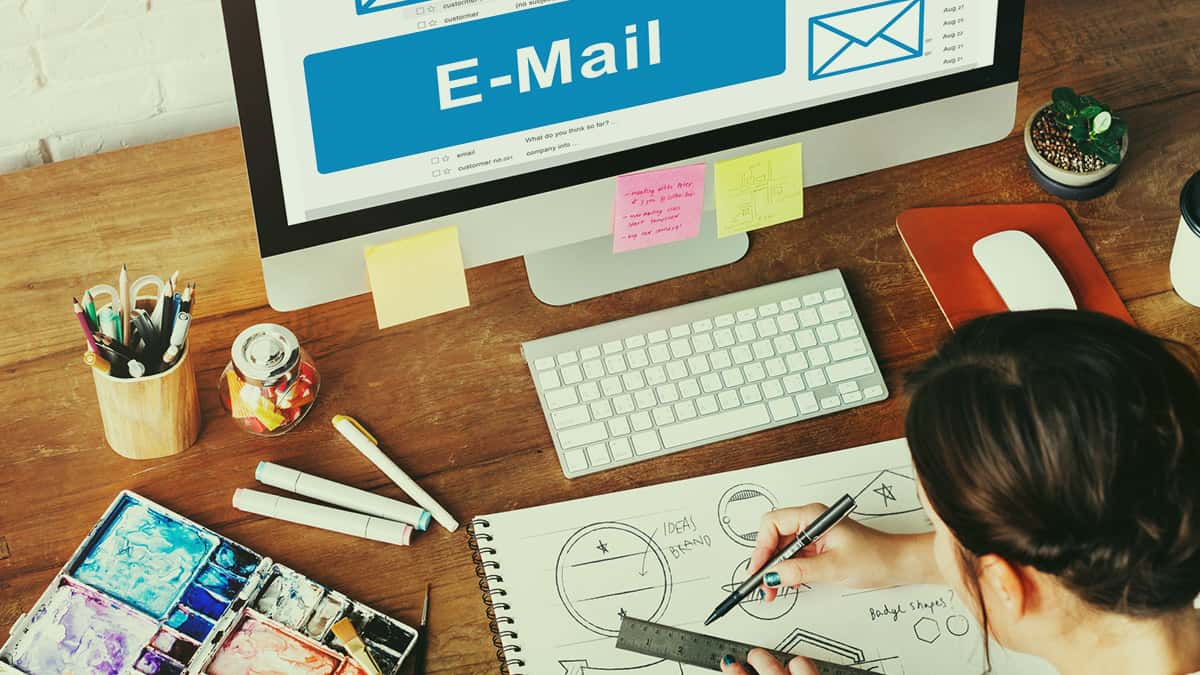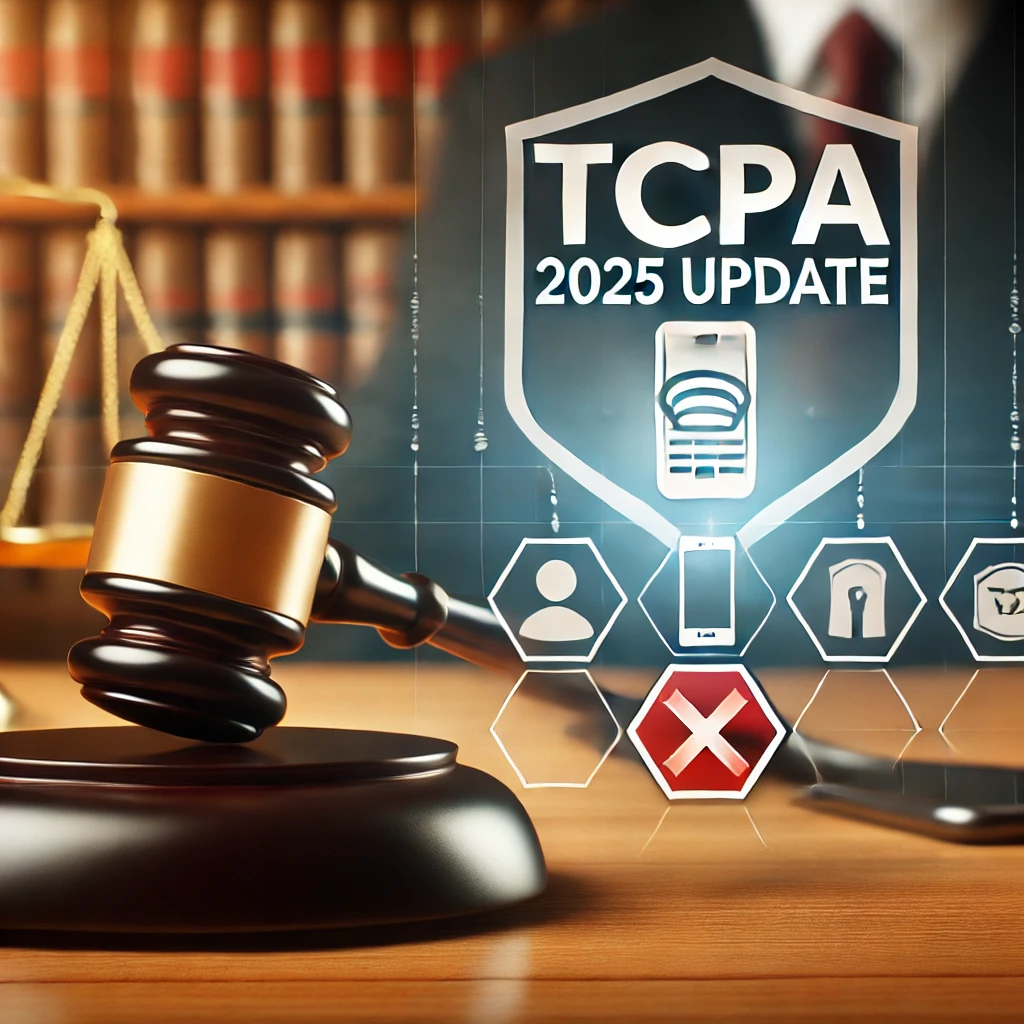
6 tips for making a logo part of your email campaigns
Does your business need a logo? Whether you’re refreshing an existing logo or creating a new one from scratch, keep in mind that logos are essential for brand awareness. After all, a logo is the distillation of everything your business does and stands for in one emblem that consumers comprehend in mere seconds.
If you’re mulling a new logo design, consider how it will tie into your email marketing efforts. Here are six things to keep in mind:
1. Big or small, look good above all
Your readers read emails on different devices, browsers and screens. A strong logo for your business should look spectacular whether it’s displayed large on a desktop screen, or tiny on a smartphone. As you’ll see below, this tip is the most important of all, and influences nearly every part of your logo design.
2. Colors matter — especially in email
What color should your logo be? Psychologists have long understood that colors carry unspoken meanings. Here’s a quick rundown of some of the most common:
- Red: bold, passionate, sexy, powerful
- Orange: creativity, cheer, fun, youth
- Yellow: sunny, optimism
- Green: growth, rejuvenation, environmental, health
- Blue: professional, calming, trustworthy, knowledgeable
- Purple: wise, blissful, spiritual
- Black: powerful, strong, masculine, luxurious
- White: pure, innocent, clean, simple
- Pink: flirty, youthful, feminine
- Brown: rural, historic, steady
- Grey: neutral, calm
Remember, though, that a logo which looks amazing on paper may not translate well to the screens where your emails will be read. The ideal logo is a design that looks perfect when printed and when digitized.
3. Pick the right font
Typefaces communicate wordlessly. Apart from the actual text you write, the font used in your logo conveys an unconscious message to your readership, much like colors do. If you plan to include your business name in your logo, which many companies do, be sure the font suits you:
- Script fonts: elegant, affectionate, creative
- Serif fonts: traditional, reliable
- Sans serif: stable, clean
- Modern: strong, stylish
- Display: friendly, unique
Again, be sure the typeface(s) you ultimately choose look good at any size and in any medium. Additionally, a font that works well for a logo or headline – something a little more ornate or attention-getting, for instance – may be tiresome and hard to read if used for the body text of an email. Pick two to three fonts to use consistently for headlines, subheads and body text.
4. Go easy with the imagery
Your logo will ultimately live almost everywhere: on your emails, your printed materials, your website, your letterhead, company vehicles, promotional apparel, packaging and so on. When considering graphics or imagery for your logo, opt for something distinctive but versatile enough to look great at every size. A professional graphic designer can help you come up with stylized imagery that reflects your business regardless of whether it’s on a highway billboard or reduced down to a social media icon.
5. Research, don’t copy
During the process of creating your own logo, you’ll probably find yourself noticing every other logo you come across, competitors’ and unrelated businesses’ alike. Take note of your reactions to them. Do you like the fonts? The use of white space? The design ethos? Try to focus on characteristics that appeal to you and that you believe will serve your business well.
Without copying another logo, imagine how your preferred elements might come together in your own logo. Then consider how that will look on screens of varying sizes, and whether it will accurately represent your business even when thumbnail-sized.
6. Keep it simple
A logo should be clean and crisp. It shouldn’t leave your customers puzzled about what it means. Simplicity is often best. Use no more than three colors; often just one or two is sufficient. Stick to two or, even better, one font. Employ imagery that is simple enough to enlarge or reduce without losing its meaning. Your logo can still be creative, but it shouldn’t be overwhelming or overly busy.
Bonus tip for adding a logo to your email marketing
One last thing: Once you have a logo you love and are ready to use in your email marketing, remember to make the logo image file a clickable link that takes readers to your website (or to a landing page you’ve created). Then do that with every email you add the logo to. No matter what an email’s primary call to action is, your attractive new logo is another great way to direct traffic to your website. And more visitors to your website means more sales.
Join 140,000 small business owners
Editor’s note: This post was originally published in October 2015 and has been updated for accuracy and relevance.
© 2017 – 2018, Contributing Author. All rights reserved.
 SUBSCRIBE
SUBSCRIBE 


